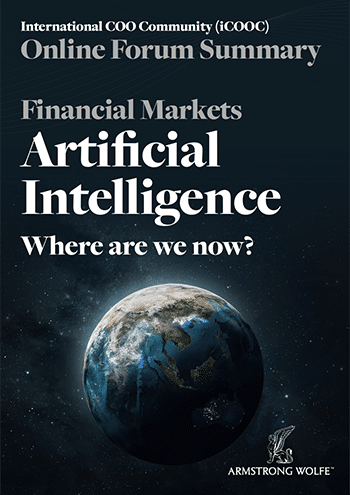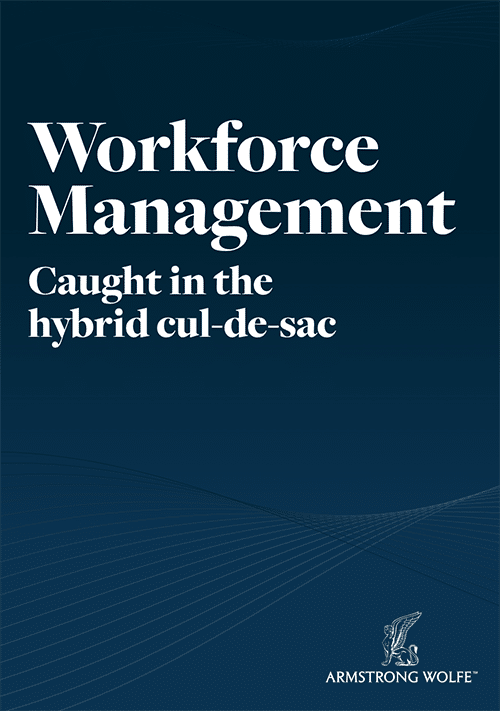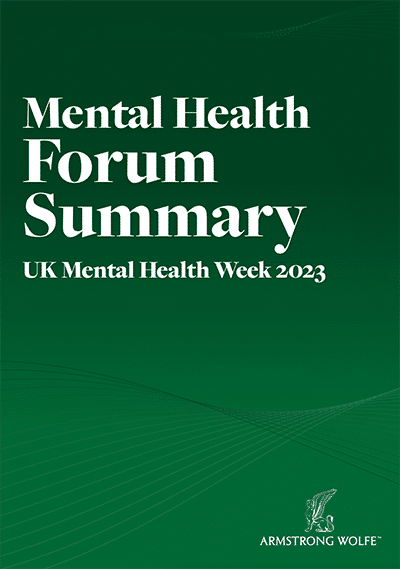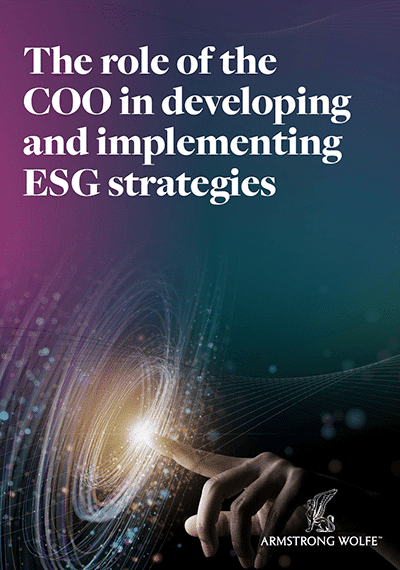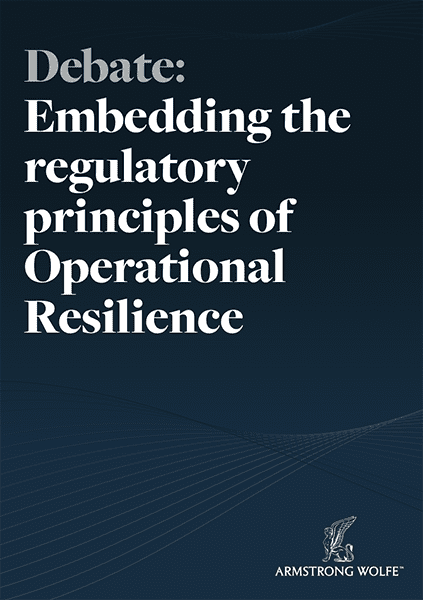Improving Productivity in a New Working Environment
Abridged minutes drawn from the Improving Productivity in a New Working Environment – 15th June 2021
During the session Gagan Bhatnagar, EY Partner, Banking and Capital Markets Sector and Manuel Pingarron Diaz, Behavioral Economics and Commercial Strategy Solution Leader for Financial Services at EY-Parthenon, explored productivity in a new working environment: defining productivity and discussing ways to measure it, monitor it and improve it.
by Maurice Evlyn-Bufton, CEO of Armstrong Wolfe
Abridged Minutes
Redefining Productivity
The EMEA iCOOC (COO Community) ran a regional webinar in partnership with EY to support the Markets COO community. This forum focused on the challenge of productivity: how best to measure it, the impact of COVID-19 and how to increase productivity in the post pandemic working environment. Summary points as follows:
- Data suggests that, overall, productivity held up well during the initial phase of the pandemic. This may have been an initial honeymoon period however, as 17 months in there is evidence productivity is starting to drop.
- Measuring productivity requires consideration both of input factors (how people spend their time) and output factors (what they produce with their time) with staff performance and reliability lending renewed focus to output factors.
- Most banks have moved away from close monitoring of staff activity with a consequent drive to staff empowerment.
- Employees and employers have different perspectives, but it is clear that there are a number of different levers of productivity improvement including technology, operating model and human behaviour.
- Of these, behavioural aspects are particularly in focus and there are a number of specific behavioural levers that have proven effective.
- The most effective productivity improvement programmes address the issue in a holistic way. However, while most banks are implementing actions to address productivity improvement, few are doing so holistically.
The free-flowing debates and contributions from over 15 COOs suggested there was presently no defined and/or integrated approach (to address productivity concerns) implemented and/or being run by any bank. There were plenty of good ideas, items, policies, and investment in people, but limited evidence of a coherent and defined strategy. EY’s London based partner Gagan Bhatnagar commented:
“While the pandemic exacerbated productivity barriers that already existed, staff have worked hard to overcome them and maintain high productivity through the last 15 months. However, the challenge is very real and banks should be tackling the problem through an approach that addresses the key levers of productivity holistically: Process, technology, policy and behaviour”
With no structured approach to reference, a number of areas contributing to the corporate effort aimed at supporting and increasing employee productivity in the workplace centred upon:
- In terms of process, the front line should focus more on growth and owning risk. Where possible supporting functions should be leveraged for example: service delivery, product and credit support.
- Tools provide new ways of measuring productivity which can be more granular when evaluating inputs and outputs.
- Policies need to provide the proper workplace conditions, schedules, welfare and communication to increase productivity.
- Behavioural aspects need to be considered because employees, as humans, are unconsciously affected by cognitive and emotional biases in their daily activities.
Recognising the imperative nature of productivity but also that no predetermined and integrated solutions appeared available and/or were adopted. In response EY and Armstrong Wolfe, agreed to set up an EMEA COO cluster call on this subject.



